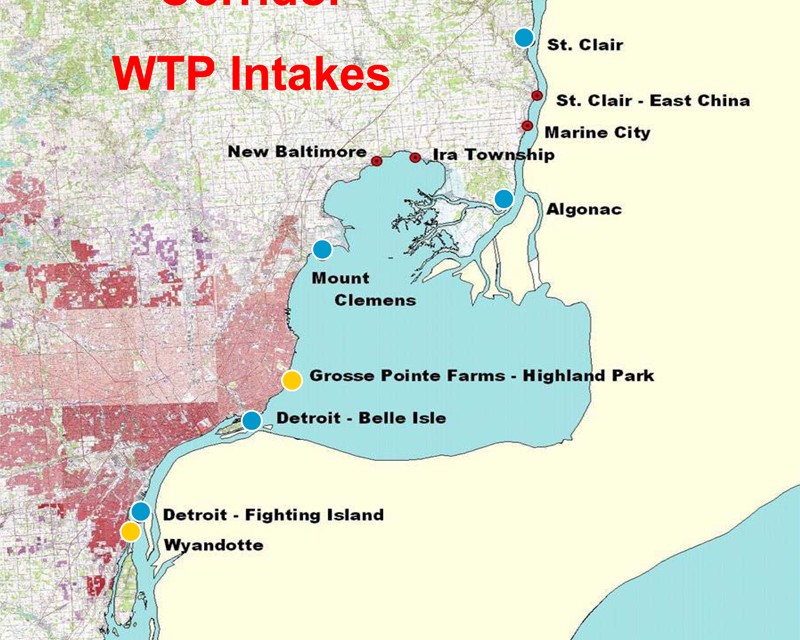Here is an excerpt from my story, published today by Bridge Magazine, about the high-tech water monitoring system that once protected the Detroit area’s drinking water.
Years before the crisis in Flint, before the newfound appreciation across the state and nation for quality drinking water, Detroit-area residents quietly enjoyed the protection of what was considered the most sophisticated water monitoring system in America.
Stretching from Port Huron to Monroe, high-tech sensor equipment first installed in 2006 provided real-time information on the waterways that serve as the drinking water source for more than 4 million people in southeast Michigan.
Fourteen water processing plants on the St. Clair River, Lake St. Clair and Detroit River relied on this interconnected early warning system to detect oil spills, chemical leaks from upstream industrial plants or other contaminants flowing into intake pipes.
The beneficiaries of this notification network were homes and businesses in Wayne County, the most populated areas of Macomb and Oakland counties, and portions of St. Clair, Washtenaw and Monroe counties. The largest drinking water provider involved, by far, was Detroit, with its massive grid of pipes and water mains extending many miles into the suburbs.
But just as quietly as it was built, this Huron-to-Erie water warning system has been allowed to crumble in recent years as state and federal funding ran dry.
Local officials in many of communities along this water corridor balked at paying for the operation and maintenance of this pollution-monitoring network. The price tag? Twenty-five cents a year.
That’s the annual surcharge supporters say would have been tacked onto water bills of households in these communities to keep the high-tech monitors running once state and federal funding ran out.
“It was frustrating,” said Ken DeBeaussaert, director of the state’s Office of the Great Lakes, within the Department of Environmental Quality.”
To continue reading, click here.







